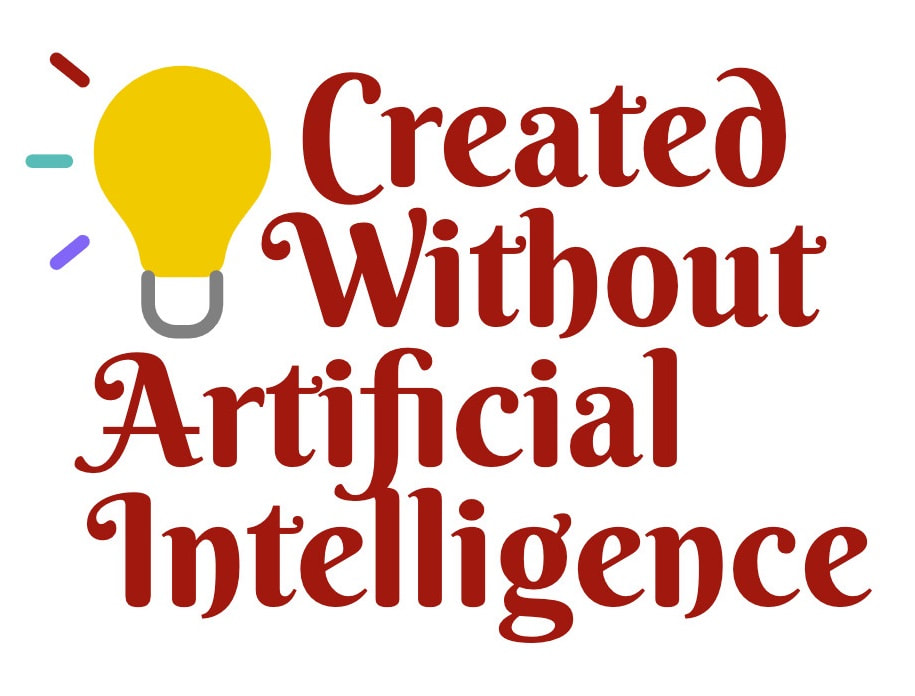Compliance drives the need for content-management discipline, collaboration, and efficiency. What rules for meeting compliance are best practices for developing and maintaining structured, dynamic content.

An automotive supplier will win new business with an innovative, proven product design. But when it comes to managing that new business, content is king. A pressing reality in today’s automotive industry is compliance to an extensive and growing inventory of standards and requirements. Compliance drives the need for content-management discipline, collaboration, and efficiency. What rules for meeting compliance are best practices for developing and maintaining structured, dynamic content.
The Return of Investment (ROI) projected for tools and processes applied for developing and maintaining structured content is substantial ─ a financial benefit of:
1) improved utilization of resource time and collaboration of work products;
2) decreased lost time due to inefficiencies in developing, maintaining, retrieving, reusing, and publishing content.
The investment is in:
- Tools (and their process workflows) for collaborative content development, such as SharePoint or Documentum, which enable a structured repository that is version controlled and allows a customized enforceable workflow for writing, review, and approval of content;
- An XML-based authoring tool, such as Adobe FrameMaker, Altova XMLSpy, JustSystems XMetaL, or ArborText's Epic Editor, which renders intelligence to content structure with topic-based mark-up.
Smart content management adopts a systems engineering approach for generating documentation and published deliverables, just as agile program management brings benefits to product development and delivery.
Investment in content management will generate efficiencies in resource management and program controls. The right content authoring and publishing tools and supporting processes will move the enterprise forward in meeting the following objectives:
- Developing information that is controlled and accessible by associates who can analyze it and identify deficiencies;
- Ensuring that confidential and proprietary information is securely stored while remaining accessible by associates requiring access;
- Maintaining a system that tracks and manages content changes related to engineering design changes, product release, internal and external program communication, training, quality, and leadership;
- Meeting industry standards that require:
- All documents approved for adequacy before distribution,
- Documents reviewed periodically to verify their validity,
- Document revisions identified,
- Relevant versions of applicable documents readily retrievable,
- Uniquely identifiable documentation,
- Proper disposition of obsolete documents as “historic,” “obsolete,” “superseded,” or “do not use”;
- Maintaining a document-control process that:
- Supports product development,
- Presents record of verification, inspection, or testing of products,
- Defines industry standards, customer requirements, product specifications,
- References managing processes,
- References decision-making;
- Developing and managing semantically meaningful content that is:
- Repurposed easily,
- Reused efficiently (without copying and pasting),
- Retrievable instantly,
- Stored securely,
- Represents the structure of supported product/service.
Technical, business, and marketing communications personnel develop several types of program and product content. Though different functional teams produce content for different purposes and different audiences, it is important that they do not work in isolation. Much of what they write can be stored, retrieved, and leveraged cross-functionally ─ collaboratively. When content is produced and stored in a structured, modular way, content updates are synchronized and outputs are generated from a single-sourced, light archive of semantically valuable and reliable content.
Listed below are some of the enterprise-published deliverables that can be generated collaboratively from a structured-authoring architecture and single-source model for content management:
- Product design and development – component descriptions, specifications, requirements, other design development collateral such as schematics and drawings;
- Software – data dictionaries, diagnostic messages, design specifications, etc.;
- Online help – content created by subject-matter experts that’s context-sensitive and tagged with unique identifiers;
- Training and education – instructor-led training presentations and handouts, e-learning content, training manuals, user guides;
- Technical support – knowledge-base from customer-care personnel, wiki content, technician cheat-sheets;
- Product-interface labels – a database of labels for providing date, language, location, etc.;
- Web services – Website content (HTML5 output);
- Sales – Proposals, sales support collateral, presentations, data sheets, manuals.
Smart content management adopts a systems engineering approach for generating documentation and published deliverables, just as agile program management brings benefits to product development and delivery. This approach begins with envisioning holism for content development and distribution with single-source versioning, viewing, and publishing ─ applying structured authoring for the decomposition of content into modules and separating the maturation, revision, and storage of that content from formatting. This approach considers how the modules of content interact and merge and complement one another for different outputs and deliverables. It captures the emergent properties of content, or the metadata – information about the content as to how it is to be delivered, by whom, for whom, and for what purpose or requirement.
Though each content module is concrete, meaningful information, it is also “marked up” for abstraction and collaboration. Each content module is marked as an element within a pre-defined content architecture; the element is assigned attributes identifying information hierarchy, topic indexing, context, etc. Abstraction employs a mathematical model that “nests” elements for a content structure that is consistent with the system, product, process, or program outputs (deliverables) and retrieval and repurposing needs. Elements are nested as a root node (base node for the element), children (of the root) nodes (become parent nodes to nested children nodes), and sibling nodes in the content management repository. For example, in design specification content for a braking system, the power brake unit is the root element, which is parent of the master cylinder, which might be structured as a sibling to the fluid reservoir. Good attribute mark-up ─ the assignment of rules and categories for elements ─ captures the purpose, scope, and function of element content. Attribute mark-up also produces isomorphism of the content repository, making content retrieval and repurposing efficient and easy to manage for collaboration across enterprise functions. How well elements are structured and marked up for meaning determines the rate and worth of the return on investment for the Extensible Markup Language (XML) planning and tools.
Smart Content Management
Implementing a better way to manage enterprise content will benefit an automotive supplier, manufacturer, or service enterprise both in significant cost-savings for managing current programs and generating new business. What’s more, eliminating manual rework and redundancies in internal documentation and external deliverables will improve the utilization of human resources, making them more available for technical innovation and productivity where their skills are most needed. During a time of rapid business growth for an enterprise, finding better ways to manage enterprise content is critical for managing the development and delivery of an increasing amount of work products with limited resources.
Further reading:
Technical Documentation and Process
DITA ─ the Topic-Based XML Standard
Content Strategy 101
© 2017, Powerplay Communications



 RSS Feed
RSS Feed